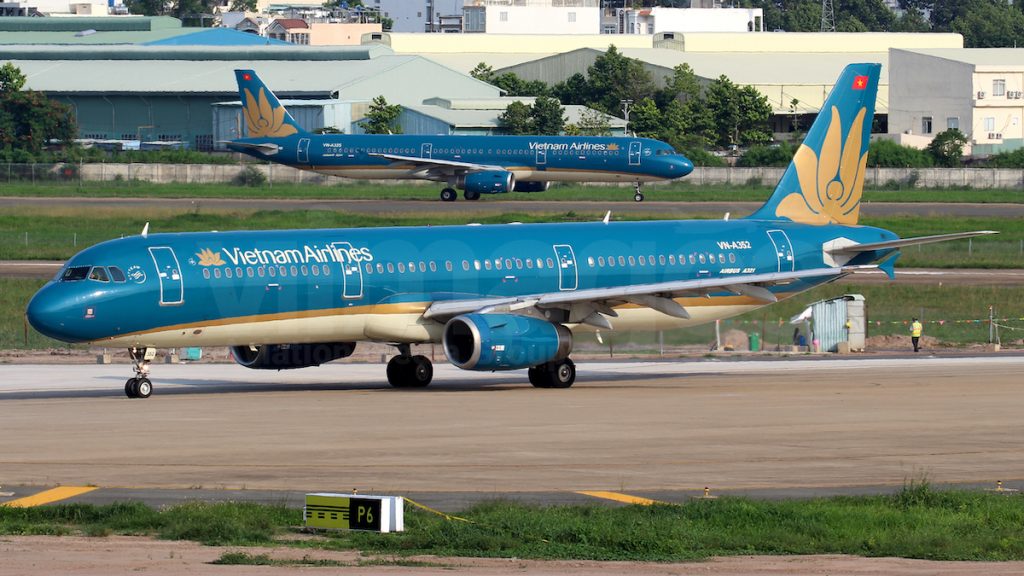Decoding NOTAMs: Hanoi to Hong Kong
Captain Judy’s Corner
The Citation jet was ready for departure at Hanoi, Vietnam (VVNB) with a destination Hong Kong (VHHH). Weather was agreeable along our entire route. The NOTAMs were an issue.

Acquiring the most current weather and NOTAMs can be challenging when flying international. For example, each country will have a different responsible agency to contact for this information. Once the pilot locates the agency, they must often pay a fee and apply for ramp access to the facility. Airlines provide this information to the crew. General aviation pilots can pre-purchase this information through a commercial contractor or locate the agency on their own. During our 2015 World Flight, we pre-purchased these services. The weather, Notices, and filed instrument flight plan were ready by morning for the day’s route. The Citation crew reviewed this information over coffee each morning before our departure.
What is a NOTAM?
A good definition for NOTAM, or Notice to Airmen (or Notice to Air Missions), is a time critical notice filed with an aviation authority to alert aircraft pilots of potential hazards. The meaning is obvious. These are time-sensitive notices. Therefore, aviation publication materials will not include them due to the immediacy of the issue. These hazards could affect the safety of flight and relate to either a flight route or an airport.
Why are they important?
Similar to weather, a pilot may change the flight plan according to NOTAMs. They should be checked while making the flight plan, and again before departure, during a flight, and before arrival into the destination airport. A few examples of NOTAMs:
- Temporary Flight Restrictions (TFR), restrictive flight area for a limited time
- Runways or taxiways closed
- Fuel not available
- Runway lighting inoperative
- Instrument approaches or navigation aids not available
Who manages NOTAMs?
The acronym NOTAM was established during the 1944 Convention on International Civil Aviation (CICA). Most countries participated during this convention and adopted the recommended Notices format. The International Civil Aviation Organization (ICAO) was also formed during the CICA to oversee international air transport, including ongoing consistency. The FAA issues NOTAMs in the U.S. They are changing their format to be consistent with ICAO standards.
Who submits Notices to Airmen?
Pilots do not submit NOTAMs. (Pilots submit PIREPs). Airports or government authorities report Notices to Airmen. The managing government authority then collects all NOTAM information and disseminates to pilots through electronic and radio communications. The managing authority in the United States is the Federal Aviation Administration (FAA). The FAA Notice is distributed within the National Airspace System (NAS) by the Air Traffic Control System Command Center (ATCSCC). ATCSCC includes airports, Flight Service, and Air Route Traffic Control Centers (ARTCC).
Searching Notices to Airmen
There are numerous options for United States pilots to check NOTAMs. A safe pilot checks all available NOTAM resources for airports and routes along the flight. For example, the United States NOTAM resources include:
- FAA NOTAM Search
- DINS – Defense Internet NOTAM Search (includes GPS/WAAS)
- Aviation Weather Center
- Airport ATIS frequencies
- Flight Service (800-WX-BRIEF)
- Flight planning applications for electronic flight bags
- Air Route Traffic Control Centers (ARTCC) frequencies
- FAA NOTAM 28-day NASR subscription
Different Types
A brief introduction on the five different types of NOTAMs:
- Distant (D NOTAM), specific airport environment
- Flight Data Center (FDC); examples: Temporary Flight Restrictions (TFR); chart discrepancies; instrument approach procedures; natural disasters; large public events
- Defense Internet NOTAM Service (DINS) or Department of Defense Aeronautical Information Portal (DAIP), Department of Defense supporting Air Force, Army, Navy air crew for a military airports, airspace, or navigation equipment. These are co-located with FAA NOTAMs at the ATCSCC
- Special Activity Airspace – to alert pilots for flight restrictions outside the published limit times
- Pointer NOTAMs – to highlight a specific Notice referencing a published NOTAM
Decoding
Learning the format takes practice. First of all, familiarize yourself with the NOTAM decoder. The ICAO example provides guidance while practicing decoding the local airport NOTAMs. Enter the local airport ICAO identifier when prompted on the FAA NOTAM SEARCH website. Enjoy learning how to decode by creating an imaginary flight checking Notice along the route. The example below is for New York’s John F. Kennedy International Airport (JFK):
!JFK JFK RWY 12/30 CLSD 1710122330- 1710131300EST
Answer:
- Exclamation point, beginning of NOTAM (!)
- ICAO airport identifier, Location (JFK)
- Class/Category (RWY, Runway 12 and 30)
- Condition Reported (CLSD, closed)
- Year, Month, day, time: Start of Activity (2017, October, 12, 2230 Zulu); Return to service (2017, October, 13, 1300 Zulu, estimated return to service)
Back to the World Trip

The Citation jet sits on the VVNB ramp (Noi Bay International Airport), pre-flight, run-up, and flight plan completed. An earlier review of the VVNB NOTAM indicated the potential for a 2-hour departure delay due to high volume of traffic. Therefore, we were prepared by extending the rental of the GPU ground power unit. GPU has its own source of power with the primary function for jet starts. Next, we proceeded to use our time wisely by amending the times on the flight plan and changing the reserved arrival and ramp slot at VHHH.
So, if we had not checked the NOTAMs for the day, we would have burned fuel waiting for VVNB departure clearance. We had been subjected to a hold at VHHH waiting for an opening in an arrival slot. Therefore, we would have burned fuel reserves, thus creating an unsafe situation.
Whether flying international or domestic, general aviation or airline, it is the crew’s responsibility to check the most current NOTAMs. We are grateful for our flight instructors and the practice taken as student pilots to learn how to decode these important Notices to Airmen – and women. Safety first!

Read more articles by Captain Judy Rice!

